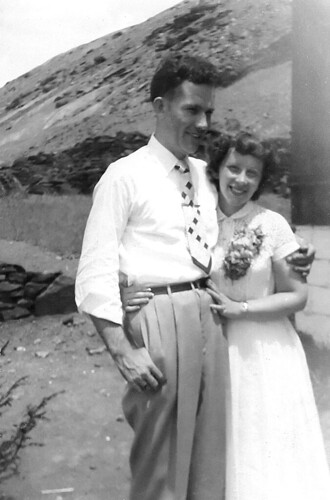
PITTSBURGH, Pa. – It seems to be sinfully wrong to pull up to the bar in a revamped church sanctuary and order a beer.
Especially since the taps are drawn from stainless steel tanks on the altar at the former St. John the Baptist that is now known as The Church Brew Works in Pittsburgh’s Lawrenceville section.
I overhear a guy standing a few stools down say to his companion, “This place is something else. You gotta love it.”
Yes. There is much to marvel inside the 12-year-old bar and restaurant east of downtown on Liberty Avenue. The confessional behind the bar doubles as the whiskey safe. The men’s room is tucked away in the little room where priests prepared for Mass for more than 90 years before the church closed its doors to parishioners.
The Roman Catholic Diocese of Pittsburgh abandoned the church in 1993 because of declining membership in the years immediately following the decline of America’s Industrial Revolution and steel-making in this city.
The place was purchased for $191,200 and converted into a brewpub by a group of city restaurant owners, much to the dismay of the diocese and any number of people who still call to complain about beer inside a holy site.
But the Church Works’ President Sean Casey has said every effort was made to keep and restore the religious artifacts and integrity of the brick building, where award-winning beer is brewed.
“We’ve [Pittsburgh] had an unfortunate history of knocking down beautiful buildings,” Casey told The Tartan, Carnegie Mellon University’s student newspaper. “We’ve done very little to change the building. We wanted to preserve the architecture, and historical societies appreciate that.”
The interior is amazing with its tall columns, stained-glass rose window behind the pipe organ and hand-painted cypress beams supporting the roof.
People say the pizza is awesome, and the menu beholds such Pittsburgh ethnic favorites as the holy pierogi. I order the spinach and shrimp spanakopita, which is a Greek pastry made with stuffing and layers of phyllo dough. It arrives just shy of cold and carried by a bartender who should have been moving a bit faster.
But that’s OK. The Church Works is fun. Tonight, two chubby guys wearing German costumes – white shirts and shorts held up by suspenders - are singing and making polka music to kick off Ocktoberfest. One is playing a cello and the other a squeezebox. Everyone is smiling.
“In heaven there is no beer,” the men sing between gulps of dark ale and cheers.
So enjoy it here, just in case.















